New ✨ U-he Satin – Electronic Delivery 👍
$129.00 Original price was: $129.00.$94.99Current price is: $94.99.
- Effortless Shopping, Quality Products
- High quality products, low prices.
- Experience the difference quality makes.
- Your Security is Our Promise

Nothing else quite sounds like tape. u-he Satin puts the legacy of tape recording in your hands: from top-of-the-line multi-track consoles to humble cassette decks. All the good (saturation, transient smoothing, compression) as well as the bad (noise modulation, flutter, hiss) qualities are under your control. Construct your (im)perfect tape machine.
The sound
Once reserved for major studios, digital recording has become widespread. It offers pristine sound and comfortable editing at a fraction of the cost of multitrack tape. Despite all the advantages, however, digital audio can easily sound too clean and impersonal. So musicians, producers and audio engineers have turned to traditional analog tools to bring some life back into overly clinical recordings. A world of non-linear behaviours, distortion, saturation and much more arises during tape recording and playback. Bringing these coveted characteristics of magnetic tape into the digital realm, in unprecedented quality—this is what Satin is all about.
That tape sound depends on interaction between the various parts of a tape machine. Each contributes in one way or another—enhancing, reducing, combining—to generate the final sound.
Satin models individual components and lets them interact in the same way. For maximum flexibility in sound shaping, Satin is a toolkit of alternative parts, not an emulation of a single machine. Build your own custom tape unit. The perfect final sheen for your mixdown, or “glue” multiple drum tracks together, decode old NR-encoded cassette tape, or misuse Satin for extreme effects.
Delay and flange
Delay mode lets you construct your own tape delay machine rather than emulate any specific model. A few clicks and you will be deep in echo in no time. Choose between two or four “tape heads”, adjust tape speed, select tape material, turn up the feedback, select signal routing, add some filtering. You can add motion to each individual “tape head” for a more organic feel. Tweak the Service Panel options and give your sound the characteristic shimmer of a classic tape echo.
Flange mode emulates the special technique of running identical recordings on two tape machines, then lightly pressing a finger on the reels to move the recordings in and out of phase. It was a skill that required patience and light touch. Luckily, Satin now makes it much easier and faster, all at the press of a button. For longer flanging effects or more precise control you can use the slider, either manually or automated.
In service
Imagine opening up a tape machine, peeking “under the hood” and tinkering with the parts. That is what service technicians used to do, and it is what the Service Panel in Satin is for. It gives you detailed control over some of the more esoteric and characterful elements.
In the Tape section are perhaps the more readily identifiable attributes of tape recording: hiss, asperity, wow & flutter, crosstalk and bias. Dial in a little of each for a retro vibe or “glue”. Dial in the extreme settings and you can end up with the sound of poor quality tape left in someone’s basement far too long.
The Repro Head(s) parameters control the physical attributes of the tape heads. With Gap Width and Bump you can cut or boost certain frequencies and introduce resonances and fluctuations. Azimuth pushes the audio off-centre for interesting spatial effects, mimicking a skewed tape head.
Finally the Circuit section lets you change the inner EQ circuitry. Included are various industry standard EQ curves, should you want to mimic specific machines. But Satin goes a step further by allowing independent selection of the recording and reproduction EQ curves. Which you can abuse for weird processing effects, or to correct EQ errors in old recordings (see below).
Decoding
Selectable Compander and Circuit settings make Satin useful as a format converter.
If you have a tape recording with an unsuitable EQ, using Circuit’s independent RecEQ and ReproEQ selectors you can set a new target EQ curve and make changes. Similarly, Compander can handle audio recorded with specific noise reduction (NR) encodings. Just run it through Satin with Decoder set to match the known NR encoding type.
Features:
- Lush analog tape sound
- Mix-and-match parts
- Includes historical developments in tape technology
- NKS FX compatible New in version 1.3.1
- Modern or vintage tape material
- Internal sample rate up to 384kHz
- Adjustable tape speed from 1.87 to 30ips
- Pre-emphasis and soft clipping options
- New preset browser with search functions New in version 1.3.1
- Control up to 8 instances of Satin at once using the Group panel
- 5 popular noise reduction encoder / decoder models
- 5 circuit models for recording and reproduction EQs (separately selectable): Flat, IEC 7.5ips, IEC 15ips, NAB, AES 30ips
- Stereo delay mode (2 or 4 heads) with multiple-mono, cross or ping-pong routing
- Tape flange mode with classic through-zero flanging
System Requirements:
- Mac OS X 10.7 or newer, Windows 7 or newer, or Linux
- 1GB RAM, more recommended
- 50MB free disk space
- 1000 × 600 or larger display
- Modern CPU (Sandy Bridge or newer recommended)
- Host software
| Condition | New |
|---|---|
| Software Delivery | Electronic, Delivery |
| Plug-In Format | AAX, AU, VST2 |
| Operating System | Mac, Windows |
Be the first to review “New ✨ U-he Satin – Electronic Delivery 👍” Cancel reply
Related products
Audio Processing Plug-ins
Coupon 😍 Eventide Physion MkII Multi-Effects Tool – Electronic Delivery 🔔
Audio Processing Plug-ins
Best deal 🥰 Sonarworks SoundID Reference For Speakers & Headphones With Mic 🎁
Audio Processing Plug-ins
Audio Processing Plug-ins
Audio Processing Plug-ins
Best Pirce 🛒 Slate Digital VMR 2.0 Mix Bundle One – Electronic Delivery 🌟
Audio Processing Plug-ins
Promo ✨ Audio Ease Altiverb 7 Regular – Electronic Delivery 😉
Audio Processing Plug-ins
Deals 🌟 SOUND RADIX Auto-Align Auto Phase Correction Plug-In 😀
Audio Processing Plug-ins
Buy 🔥 Metric Halo ChannelStrip 3 For GarageBand – Electronic Delivery 🌟


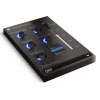
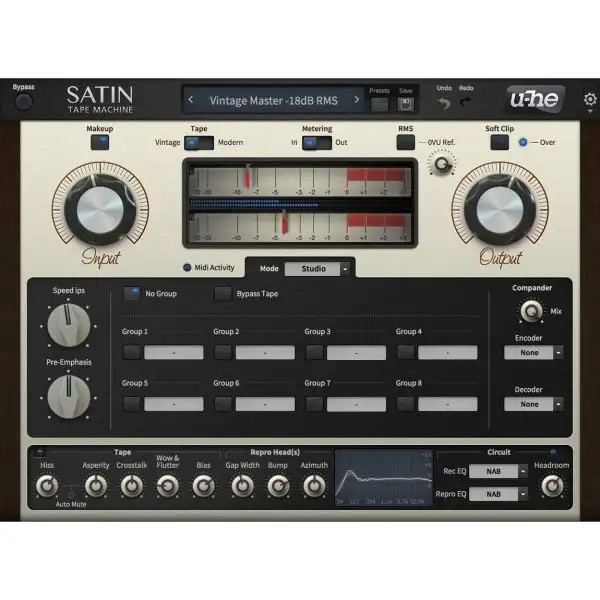
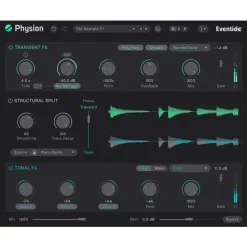
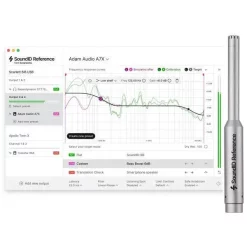
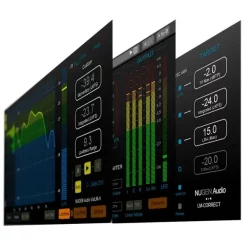

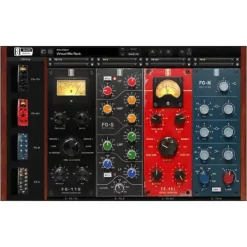
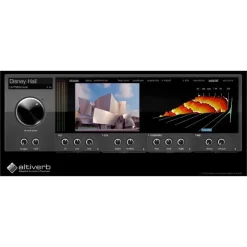

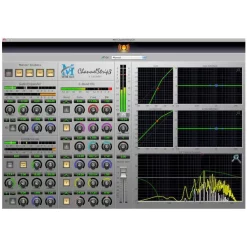
Reviews
There are no reviews yet.